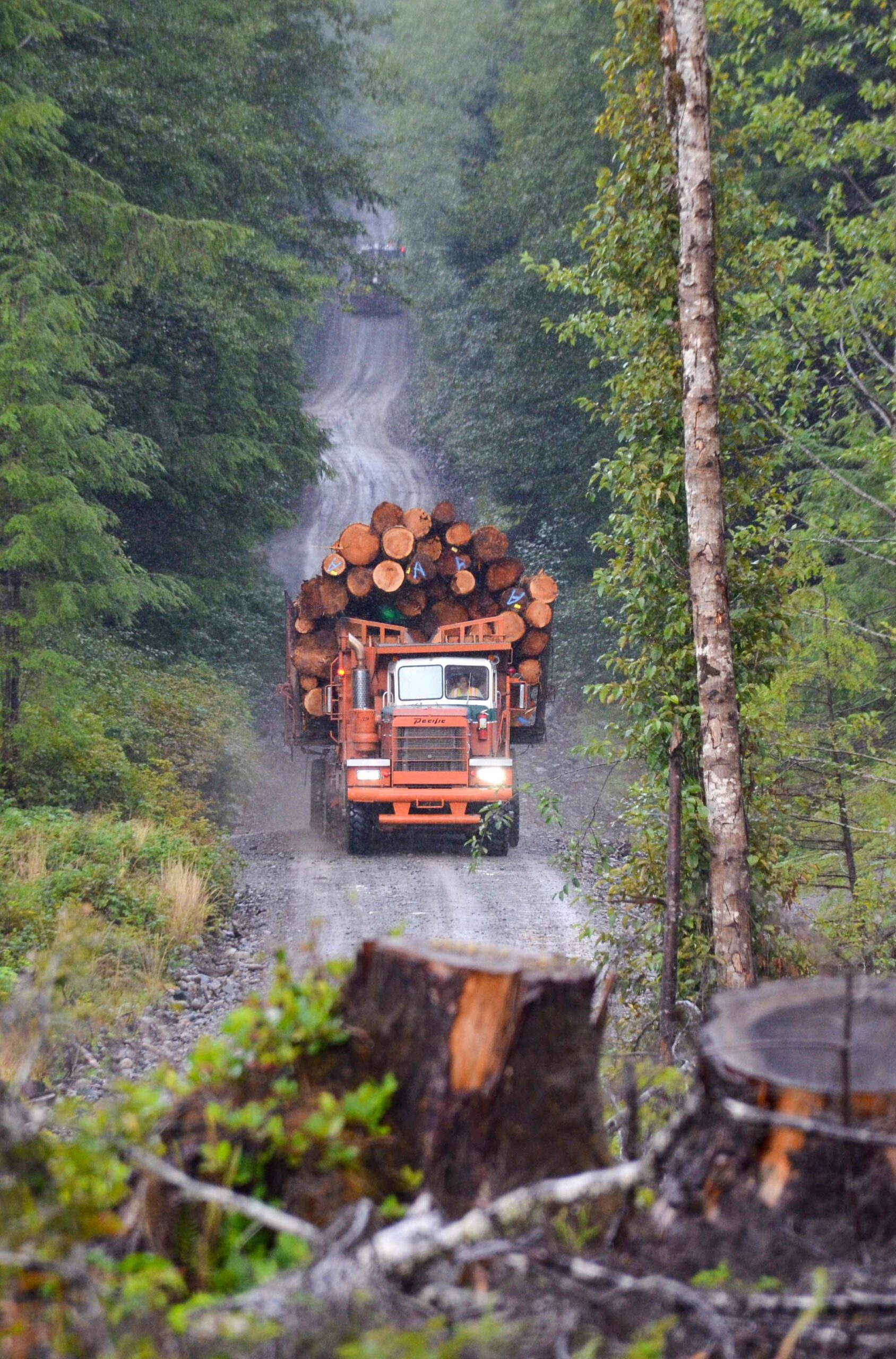 Resource roads are built to develop and protect BC’s natural resources. They provide access for industrial and recreational users but are not constructed to the same standards as highways. All resource road users play a key role in ensuring safe passage on these roads. Always exercise caution and have an understanding of the risks.
Resource roads are built to develop and protect BC’s natural resources. They provide access for industrial and recreational users but are not constructed to the same standards as highways. All resource road users play a key role in ensuring safe passage on these roads. Always exercise caution and have an understanding of the risks.
Most resource roads have gravel surfaces and are often single lanes with limited visibility due to roadside brush and sharp, winding turns and curves. They often have soft shoulders, minimal ditches, steeper grades, changing road surfaces with loose or rough gravel and potholes.
Drivers should always read and understand the signs at the start of the road and along the way as they provide important information about the road, radio channel, restrictions, expected traffic and other hazards and obstacles you may encounter while driving.
Rules of the Road
- Yield to industrial traffic.
- Drive on the right-hand side.
- Adjust your speed according to road and weather conditions.
- Obey the posted speed limit and never exceed 80 km/h.
- Keep headlights and taillights on.
- Stop in safe, visible locations, ideally in pullouts.
- Bridges are single-lane.
- Do not overtake industrial vehicles unless the driver signals it is safe.
Expect the Unexpected
- Always plan ahead. Complete a pre-trip plan and share it with a reliable person.
- Stay alert and focused on driving.
- Watch for wildlife.
- Extinguish all flames and report forest fires.
- Dust indicates traffic; watch the road.
- If lost or stranded, stay with your vehicle for easier rescue.
Mobile Radio Use
If you are using a mobile radio, know where you are travelling and use the posted channels and call protocols. If you are unaware of which channels to use, contact or visit a local mobile radio shop who can provide the correct channels for the area and even program your radio for you.
When you are travelling, you will find the radio and call protocols typically posted at the beginning of the resource road and in areas along the way. Use the following protocol instructions when using a mobile radio while travelling on resource roads:
- Road Name
- Kilometres Location
- “Up” or “Down”
- Calling “Up” when travelling in direction of increasing kilometres signs
- Calling “Down” when travelling in direction of decreasing kilometres signs
Example: “Sukunka, 10 kilometre, Up”
If you don’t have a two-way radio on an active haul road, wait at the beginning of the road and then follow a vehicle equipped with one. Mirror its actions: pull over when they do, drive when they drive and match their speed. If no vehicle with a radio arrives to escort you, then proceed with extreme caution.
Understanding how to communicate while travelling on a resource road could save your life and the lives of others. Stay safe and informed, and always expect the unexpected.
Additional BCFSC Resources:
- Resource Road Safety
- Resource Road Orientation YouTube Video
- Radio Use and Road Calling Procedures YouTube Video
- Resource Road Driver Knowledge Unit – Free Online Learning Course to help you prepare for Resource Road driving